Review Of The Karate Kid Part II: A Nostalgic Look Back
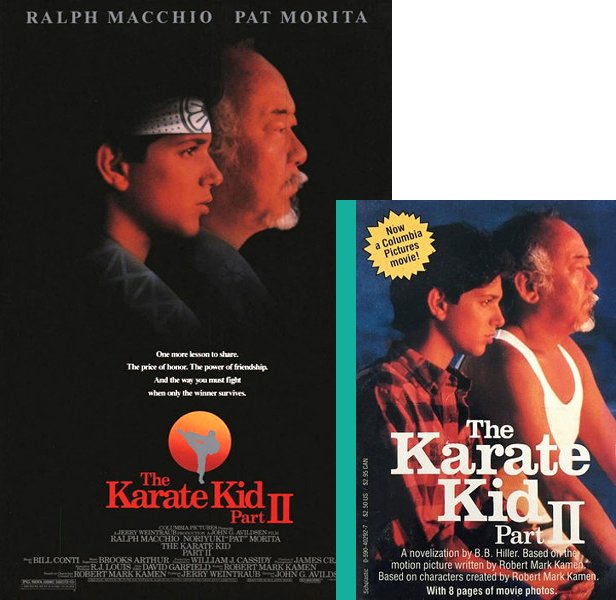
Table of Contents
Dive back into the world of Mr. Miyagi and Daniel LaRusso with a comprehensive review of The Karate Kid Part II. This beloved sequel, released in 1986, expanded the franchise's scope, introducing new challenges, breathtaking locations, and unforgettable characters. We'll explore what makes this film a cherished part of cinematic history and a worthy successor to the original. This nostalgic look back will examine its enduring appeal, from its cultural impact to its memorable characters and stunning visuals.
Expanding Horizons: The Okinawa Setting and Cultural Exploration
Beyond the Dojo: The shift from Reseda, California to Okinawa, Japan and its significance.
The Karate Kid Part II dramatically shifts the setting from the familiar streets of Reseda, California, to the exotic and vibrant island of Okinawa, Japan. This change was a bold move that significantly impacted the film's narrative and visual style.
- Showcase of Japanese Culture: The film offers a glimpse into Okinawan culture, showcasing its unique traditions, architecture, and way of life. From the bustling marketplaces to the serene countryside, Okinawa becomes a character in itself.
- Introduction of New Fighting Styles: The move to Okinawa introduces viewers to different karate styles and philosophies, expanding the martial arts aspect beyond the original's focus on Miyagi-Do karate. This adds depth and complexity to the fighting sequences.
- Visual Richness of the Okinawa Setting: The stunning visuals of Okinawa, with its lush landscapes and distinctive architecture, create a visually captivating experience that contrasts sharply with the more mundane setting of the first film. This enhances the sense of adventure and cultural immersion.
- Impact on the Story's Themes: The change of location allows for a deeper exploration of themes like cultural understanding, overcoming prejudice, and personal growth in a new and unfamiliar environment.
Cultural Sensitivity and Authenticity: Examining the film's portrayal of Okinawan culture.
While The Karate Kid Part II attempts to portray Okinawan culture, it's crucial to view it through the lens of its time. Some aspects of the portrayal may not align with modern standards of cultural sensitivity and representation.
- Discussion of Positive and Potentially Problematic Aspects: The film showcases some aspects of Okinawan culture positively, but others may be perceived as stereotypical or simplified. A nuanced discussion is necessary to appreciate both its successes and shortcomings.
- Comparison to Modern Standards of Cultural Representation: Comparing the film's portrayal to contemporary standards highlights the evolution of understanding and representation in cinema.
- Impact on Audience Perception: The film's depiction of Okinawan culture has undoubtedly influenced audience perceptions, underscoring the responsibility of filmmakers to accurately and respectfully portray different cultures.
Developing Characters: Daniel's Journey and New Relationships
Daniel's Growth and Maturation: His evolution beyond karate skills.
Daniel LaRusso's journey in The Karate Kid Part II goes beyond learning new karate techniques. He faces emotional challenges that contribute to his overall growth.
- Emotional Growth: Daniel confronts his insecurities, learns to adapt to a new culture, and grapples with complex relationships.
- Dealing with New Challenges: He faces both physical and emotional challenges in Okinawa, pushing him beyond his comfort zone and forcing him to mature.
- Overcoming Adversity: His encounters with Chozen Toguchi, the film's antagonist, test his resilience and determination.
- Relationship with Mr. Miyagi: The film deepens the bond between Daniel and Mr. Miyagi, showcasing their mutual respect and understanding.
Introducing Kumiko and Chozen: The impact of new characters on Daniel's arc.
The introduction of Kumiko and Chozen significantly enriches Daniel's experiences in Okinawa and shapes his character development.
- Kumiko's Role in Broadening Daniel's Perspective: Kumiko provides a romantic interest and introduces Daniel to different aspects of Okinawan culture and society.
- Chozen as a Complex Antagonist: Chozen represents a more complex antagonist than Johnny Lawrence, adding depth to the conflict and challenging Daniel in new ways.
- Their Contributions to the Plot's Complexity: Both characters contribute to the narrative's complexity and thematic richness, enriching the overall story.
The Legacy of The Karate Kid Part II: Enduring Influence and Cultural Impact
Box Office Success and Critical Reception: Analyzing the film's performance and initial reviews.
The Karate Kid Part II enjoyed significant box office success upon its release, proving to be a popular sequel.
- Box Office Numbers: The film's box office figures demonstrate its widespread appeal and commercial success.
- Contemporary Critical Reviews: Examining the film's critical reception at the time of its release offers valuable insight into its initial impact.
- Comparison to the Original Film's Success: A comparison to the first film's performance helps gauge the sequel's relative success and audience appeal.
Cultural Impact and Lasting Appeal: Why the film remains relevant today.
Despite its age, The Karate Kid Part II continues to resonate with audiences today.
- Nostalgia Factor: The film taps into the nostalgia of a generation, evoking memories of childhood and a simpler time.
- Enduring Themes of Perseverance and Self-Discovery: The film's themes of perseverance, self-discovery, and cultural understanding remain relevant across generations.
- Influence on Subsequent Films and Pop Culture: The film's influence can be seen in subsequent films and pop culture references, solidifying its place in cinematic history.
Conclusion
The Karate Kid Part II successfully expanded the world of the original film while deepening its themes of self-discovery and cultural understanding. The film's beautiful Okinawa setting, compelling characters, including the memorable Kumiko and the formidable Chozen, and unforgettable action sequences contribute to its continued popularity and place in cinematic history. The exploration of Japanese culture, albeit with its limitations from a modern perspective, adds to the film's enduring appeal.
Call to Action: Revisit this classic and share your memories of The Karate Kid Part II! What are your favorite scenes or moments from this beloved sequel? What are your thoughts on the film's portrayal of Okinawan culture? Let us know in the comments below! Share your thoughts on this nostalgic look back at The Karate Kid Part II and help keep the spirit of this timeless classic alive.

Featured Posts
-
 Last Minute Dress Disaster For This Morning Host Cat Deeley
May 23, 2025
Last Minute Dress Disaster For This Morning Host Cat Deeley
May 23, 2025 -
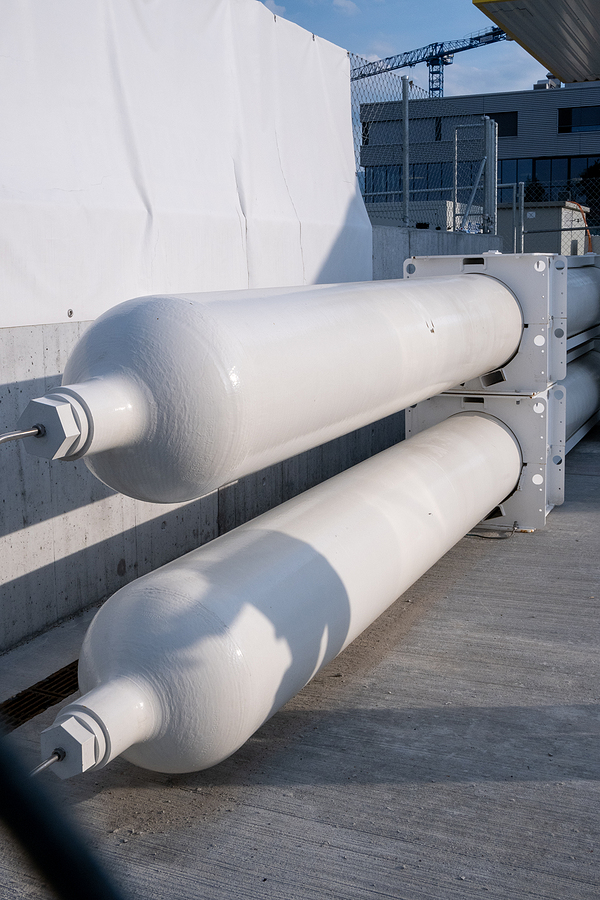 Increased Bt Profit Analysis Of Johnson Mattheys Honeywell Transaction
May 23, 2025
Increased Bt Profit Analysis Of Johnson Mattheys Honeywell Transaction
May 23, 2025 -
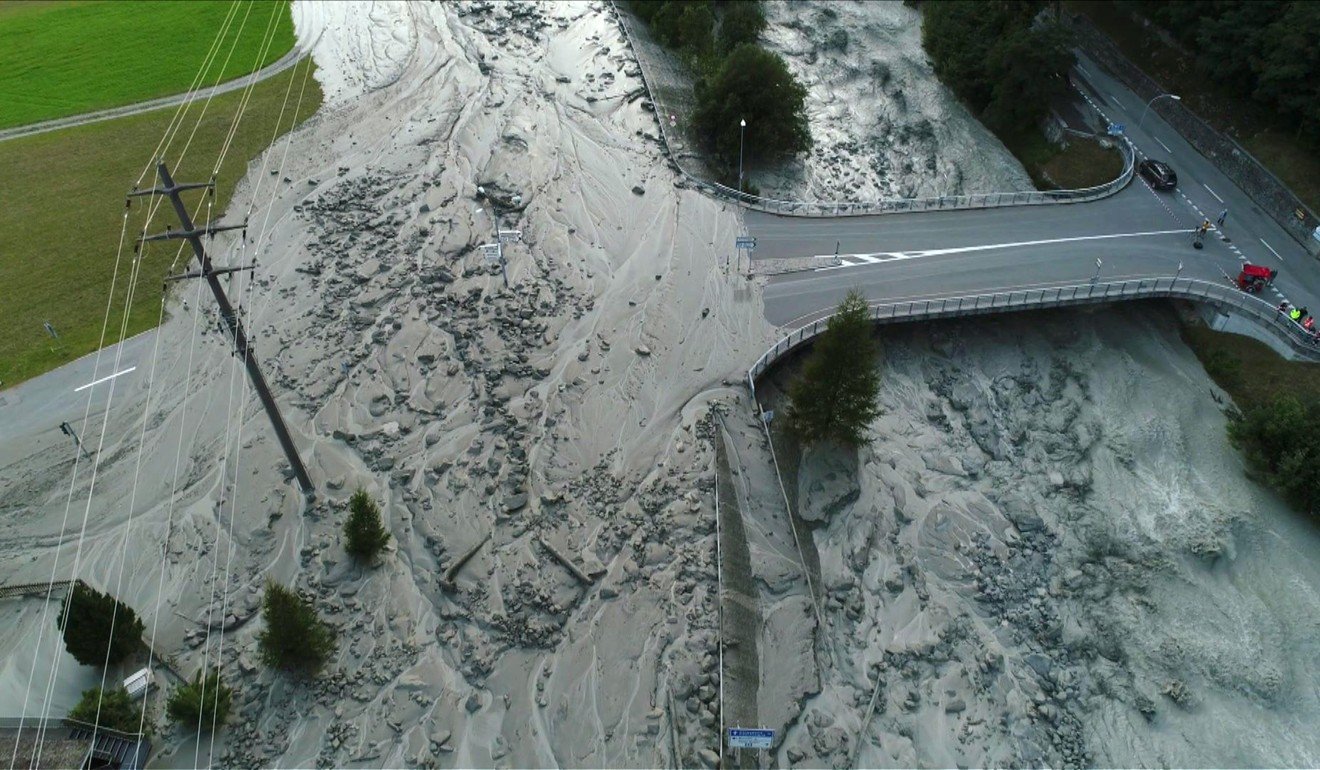 Emergency Livestock Relocation In Swiss Alps Following Landslide Warning
May 23, 2025
Emergency Livestock Relocation In Swiss Alps Following Landslide Warning
May 23, 2025 -
 Lahore Qalandars End Uniteds Winning Streak Thanks To Sikandar Raza
May 23, 2025
Lahore Qalandars End Uniteds Winning Streak Thanks To Sikandar Raza
May 23, 2025 -
 Last Minute Wardrobe Crisis For Cat Deeley On This Morning
May 23, 2025
Last Minute Wardrobe Crisis For Cat Deeley On This Morning
May 23, 2025
Latest Posts
-
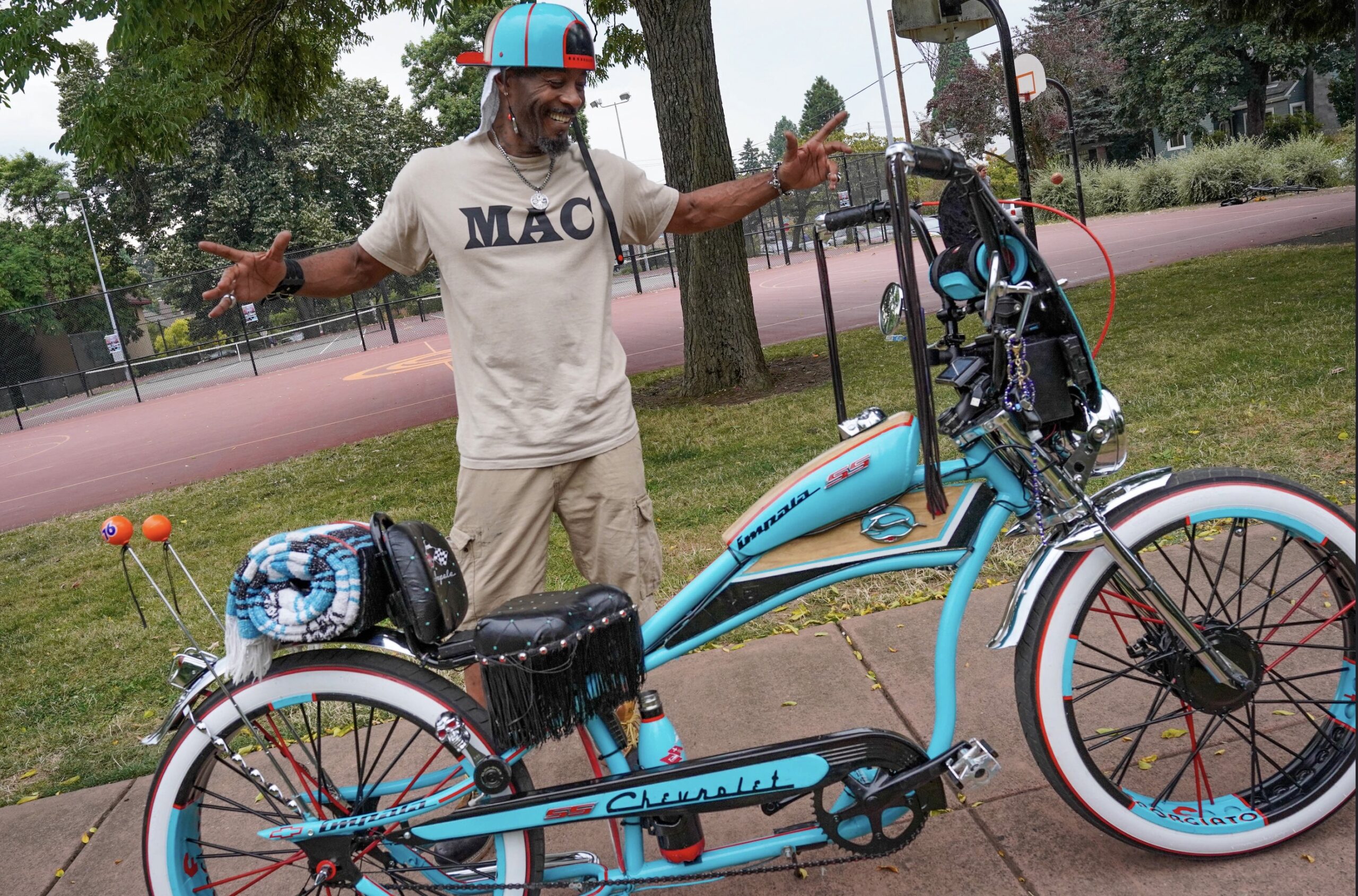 Ballet Fashion And Heritage Your Weekend Event Guide
May 23, 2025
Ballet Fashion And Heritage Your Weekend Event Guide
May 23, 2025 -
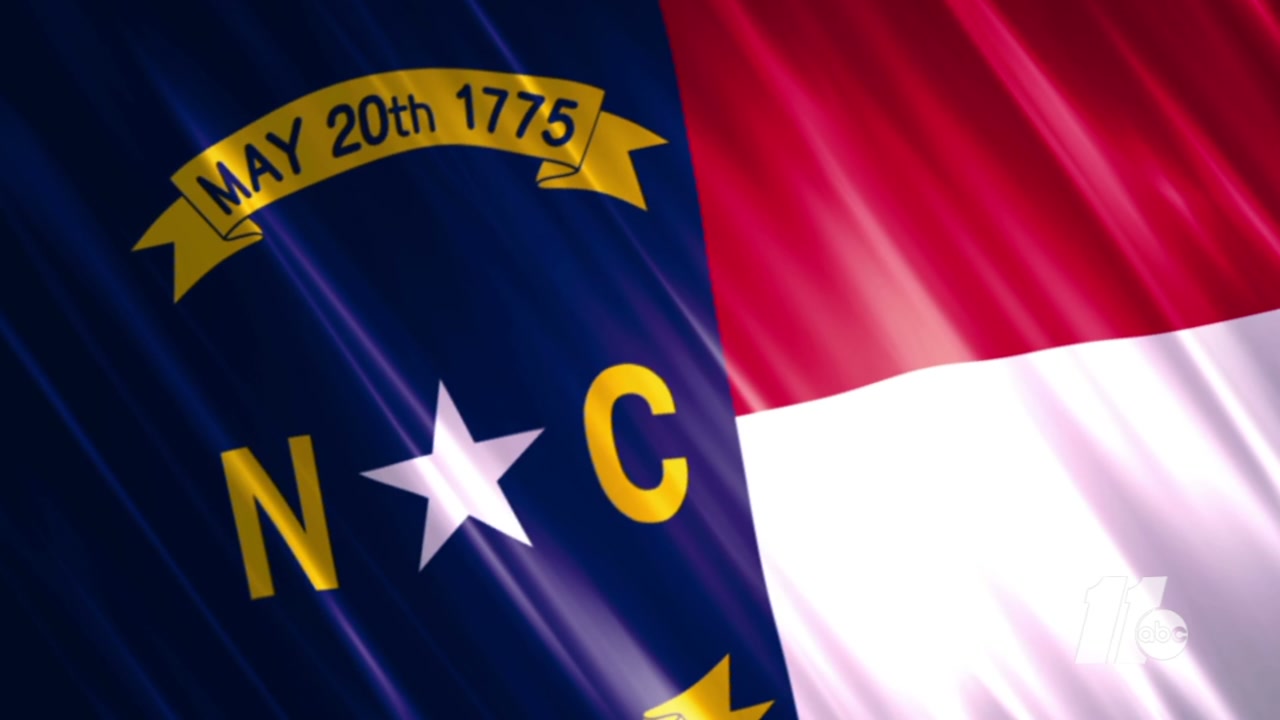 The One Percent Budget Fight Clintons Veto Strategy And Its Consequences
May 23, 2025
The One Percent Budget Fight Clintons Veto Strategy And Its Consequences
May 23, 2025 -
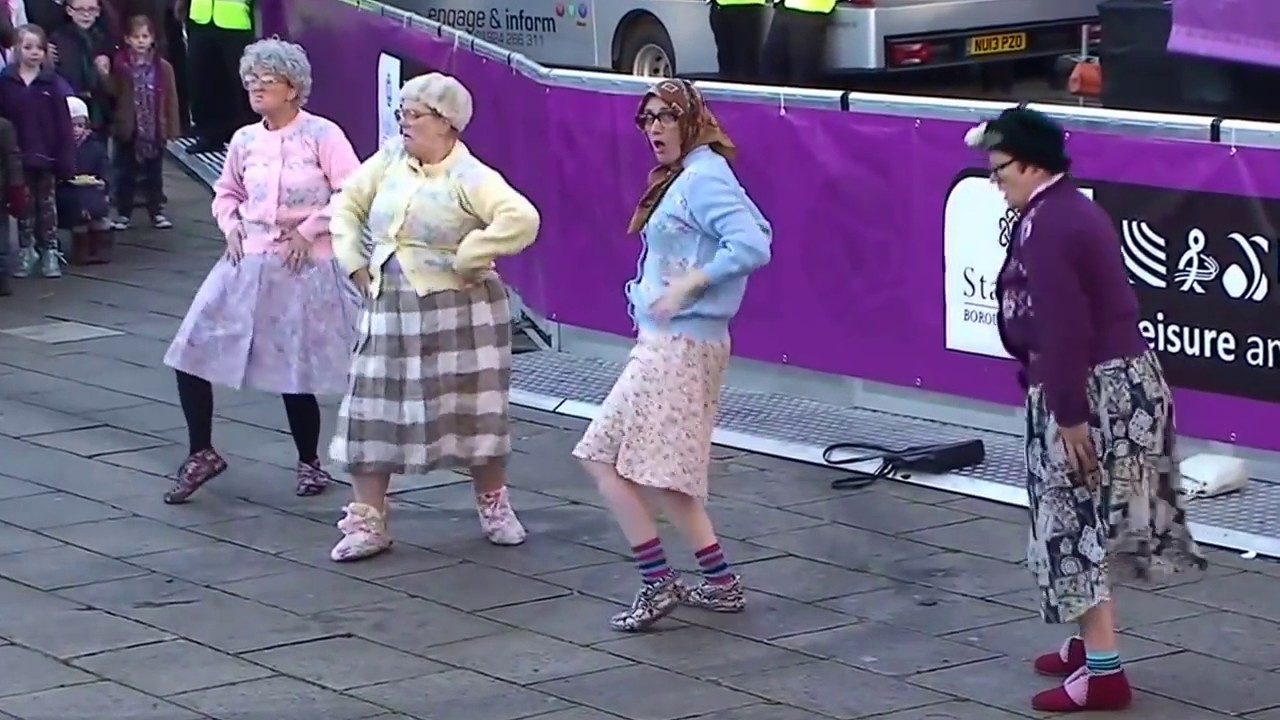 Fashion Heritage Ballet And Punny Weekend Events
May 23, 2025
Fashion Heritage Ballet And Punny Weekend Events
May 23, 2025 -
 Analyzing The Clinton Presidency Budget Vetoes And Political Fallout
May 23, 2025
Analyzing The Clinton Presidency Budget Vetoes And Political Fallout
May 23, 2025 -
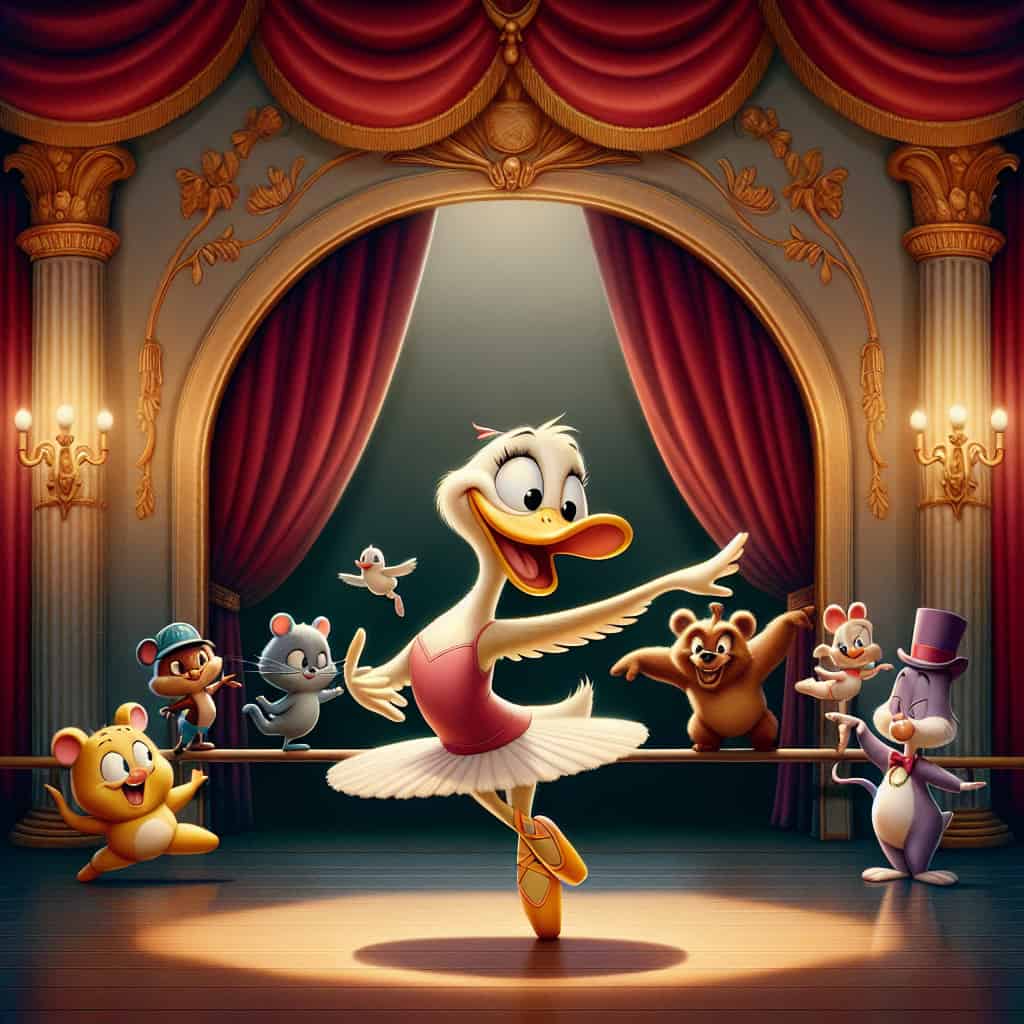 Weekend Events Fashion Heritage Ballet And Puns
May 23, 2025
Weekend Events Fashion Heritage Ballet And Puns
May 23, 2025
